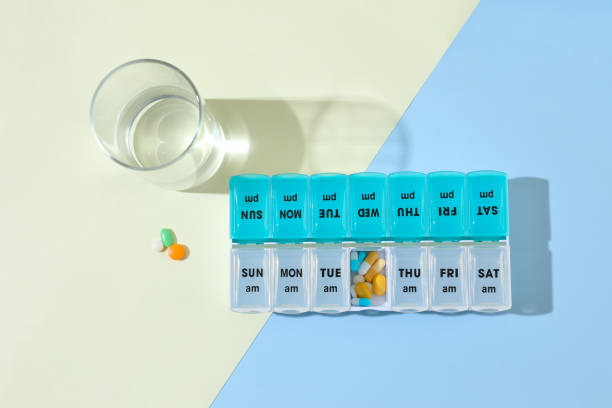Remote therapeutic monitoring (RTM) codes allow healthcare providers to bill for the use of digital tools that track non-physiological data such as respiratory status, musculoskeletal function, and medication therapy adherence. These codes are distinct from remote patient monitoring (RPM) and support the management of conditions where metrics such as movement, medication use, or inhaler activity are tracked instead of physiological data.
This guide outlines the 2025 remote therapeutic monitoring codes, explains how RTM differs from remote patient monitoring CPT Codes, and walks through how providers can use these codes to expand care and reimbursement opportunities.
Remote Therapeutic Monitoring Codes
With an established and efficient RTM service model, healthcare providers can improve patient outcomes while establishing additional revenue streams. It is important to note that regulations govern which RTM codes can be billed alongside RPM. Providers are not allowed to double bill for RTM and RPM.
In 2022, the Centers for Medicare & Medicaid Services (CMS) introduced remote therapeutic monitoring codes to support billing for physical therapists, occupational therapists, and speech-language pathologists. Before this change, these healthcare professionals were not reimbursed for collecting data or educating patients through RTM devices. Common examples of RTM devices include peak flow meters, spirometers, Parkinson’s disease monitoring devices, and medication adherence sensors.
Below we provide a quick overview of remote therapeutic monitoring codes for 2025.
2025 Remote Therapeutic Monitoring Codes
Remote therapeutic monitoring services can be furnished under the general supervision of the billing practitioner. This flexibility allows healthcare professionals such as pharmacists, physical therapists, occupational therapists, and speech-language pathologists to actively support patient monitoring and care coordination. The following section reviews 2025 RTM CPT codes and includes descriptions, payment rates, and billing frequency.
CPT Code 98975
This code covers initial setup and patient education on the use of equipment. It can be billed once by one practitioner only when at least 16 days of data have been collected on at least one medical device. The average national payment rate for CPT 98975 is $19.73.
Respiratory CPT Code 98976
Billing CPT code 98976 pays for respiratory devices supplied with daily scheduled recordings and programmed alerts and transmission for monitoring the respiratory system. The code can be used every 30 days by one practitioner only when at least 16 days of data have been collected on at least one medical device. The average national payment rate for CPT code 98976 is $43.02.
Musculoskeletal CPT Code 98977
Code 98977 reimburses musculoskeletal devices supplied with daily scheduled recordings and programmed alerts and transmission for monitoring the musculoskeletal system. This can be billed once every 30 days by one practitioner only when at least 16 days of data have been collected on at least one medical device. The average national payment rate for CPT code 98977 is $43.02.
CPT Code 98980
RTM CPT code 98980 bills for the initial 20 minutes of treatment time per calendar month. Time must include at least one interactive communication via phone or video with the patient during the month. New in 2023, CPT 98980 can be billed “incident to” or under general supervision. CPT 99457 is billed every 30 days. The average national payment rate for CPT 98980 is $50.14.
CPT Code 98981
In 2024, CPT 98981 covers each additional 20 minutes of treatment time per calendar month. It requires at least one interactive communication during the calendar month. This code has the exact requirements as CPT 98980. The average national payment rate for CPT 98981 is $39.14.
Ready to Learn More?
Tenovi is committed to enhancing preventive patient care and simplifying the process of managing patient data. Our easy-to-use RPM and RTM devices help optimize care for patients with chronic care conditions. We hope you’ll be able to schedule a demo and consultation.


